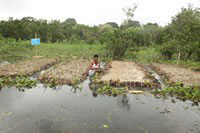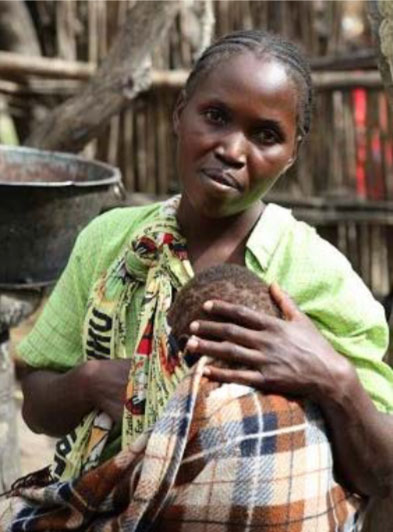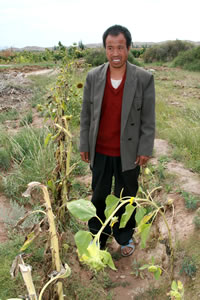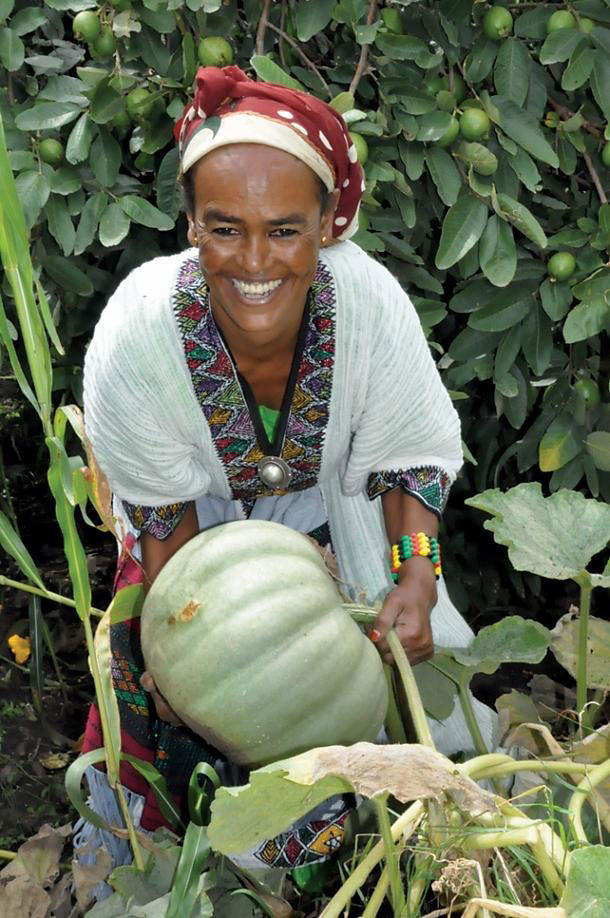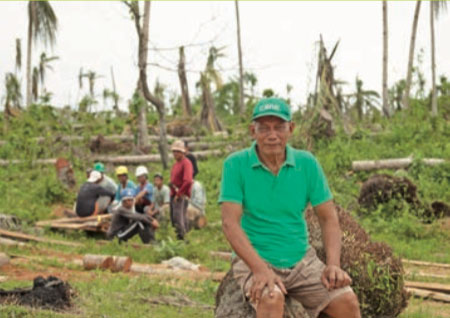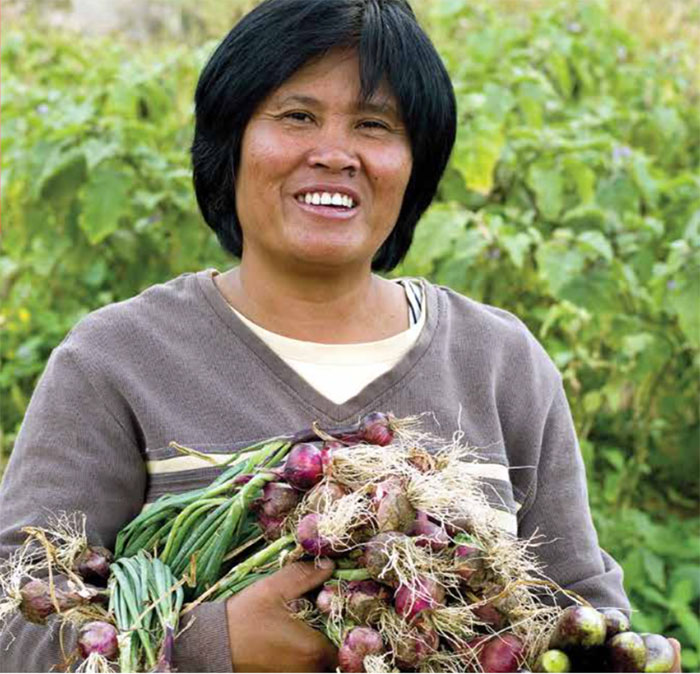Food commodity footprints
The food sector is responsible for a large portion of greenhouse gas emissions, which drive global climate change. The sector also relies on the labor and production of millions of small-scale farmers and agricultural workers in the regions most vulnerable to the effects of climate change.
Explore the graphics below to see how much greenhouse gas some of the world’s major food commodities emit — from staples like rice to speciality commodities like coffee — and the level of water scarcity in the regions they’re grown. Also, read the stories of the farmers who grow these commodities are being impacted by climate change.
Global footprints:
Greenhouse gasses produced annually by each commodity Tonnes of CO2 equivalent
Global production of each commodity Tonnes per year
Annual global water scarcity footprint per commodity Cubic meters of water equivalents. Water scarcity is a factor of water used in irrigation and regional water scarcity indicators.
Regional footprints:
Greenhouse gasses produced annually by each commodity Tonnes of CO2 equivalent
Regional production of each commodity Tonnes per year
Annual regional water scarcity footprint per commodity Cubic meters of water equivalents. Water scarcity is a factor of water used in irrigation and regional water scarcity indicators.
Notes
- The 25 countries with the most overall vulnerability to agricultural productivity loss, according to the Center for Global Development

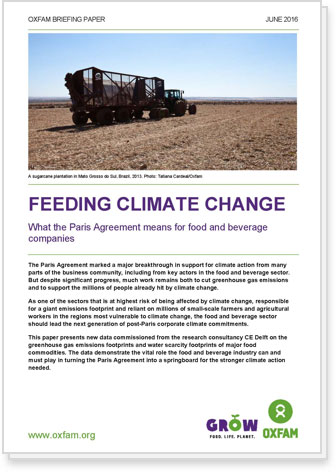 Download the report
Download the report 

